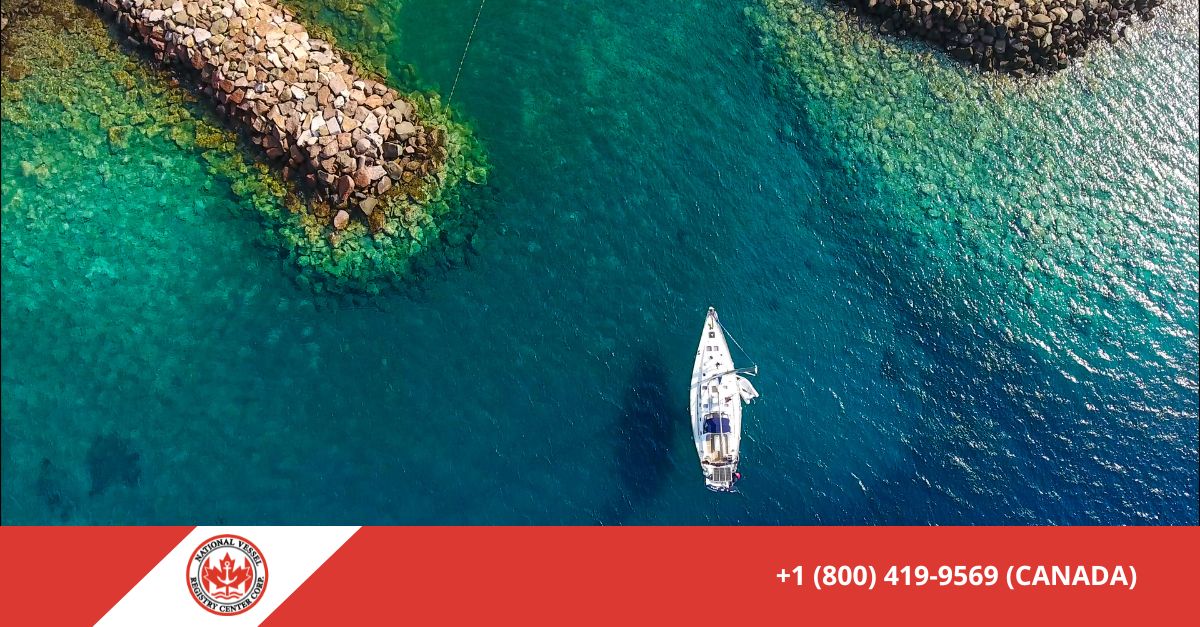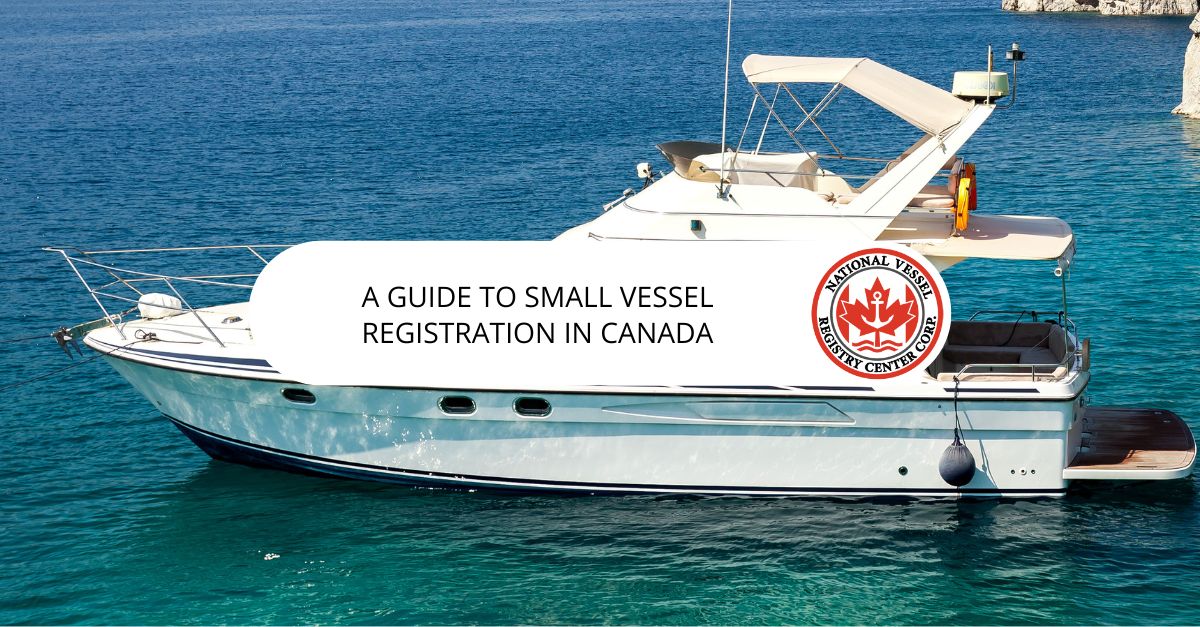If you are the owner of a boat in Canada, several essential steps must be taken to guarantee that your vessel is registered and under the law. In this piece, we will provide an introduction to Canada’s Small Vessel Registration program and describe the steps that need to be taken to get your boat registered. We also advise ensuring that your registration is always up to date! As a boat owner in Canada, you have a responsibility to educate yourself on the topic of small vessel registration. The following helpful hints will make the registration process simpler and quicker for you. Continue reading if you want to learn more information!
Find the Right Registration Form
To register small boats in Canada, Transport Canada has created a few forms expressly for this purpose. When registering your yacht for the first time, there’s a lot to learn. The National Vessel Registry has all the information you need on boat registrations and inspections in one place, so you don’t have to look elsewhere. Depending on the overall length of your boat, you’ll need to fill out a specific form. Transport Canada only requires you to pay a nominal charge and deliver a completed application form and the necessary supporting documentation.
Find the proper registration form if you want some tips on how to make this process as smooth as possible: Transport Canada’s website, National Vessel Registry, has your particular small vessel registration form available for download or order. Using the correct form for the length of your boat is essential. Take a look at your boat’s measurements or bring photos to a marine shop, and they can tell you which form is best for you based on how long your boat is.
Gather All of the Required Documentation
When you are ready to begin registering your vessel with the government of Canada, you must have all of the information and documentation required to ensure that the process goes well. Because this is an official document, the name of your vessel should be spelled precisely as it is written on your boat. Sailboats are a tricky bunch, so you want to avoid any confusion. The first thing you’ll need is the name of your vessel, and because this is an official document, it should be spelled precisely as it is written on your boat.
If the name consists of more than one word or contains spaces, each word or space should be denoted by a period. Obtaining the necessary documentation to make your watercraft street legal is now more straightforward than it has ever been because of the abundance of valuable tools that are now available online. Both the National Vessel Registry and Transport Canada contain everything you will require, including the application forms and instructions on how to fill them out correctly.
Find Out What Kind of Vessel You Have
The next stage in the registration process is determining the type of boat you own. Sailboats and motorboats may appear to be the only two forms of boats, but there are many others. Depending on the sort of boat you own, the process of registering can be sped up or hampered. Customs officials can determine your boat’s registration or “documentation” using this approach. Canoes and kayaks are classified based on their capacity to transport a specific number of people.
If you’re unsure which vessel type applies to you, look at the list below for some guidance. For example, a sailboat of any size is referred to as a “sailboat,” no matter how big or small. Subcategories can also be found in some categories since they have differing criteria for documentation and other considerations, such as whether the vessel must show an official Transport Canada identification or safety equipment is necessary.
Keep Copies of Everything for Your Records
Getting your boat registered with Transport Canada may be difficult, regardless of whether you’re new to boating or new to Canada. Getting things done early is usually a good idea; don’t wait until the last minute! Make sure you have a copy of everything, just in case. For future reference, keep a record of your boat’s serial number and hull identification number. When you submit your small boat registration application, you’ll need to have this information on hand.
Record your vessel’s serial and hull identification numbers and preserve them in a secure location for future reference. You’ll need this information on hand when you apply for registration. Be aware of the maximum registered size of your vessel in Canada. If your vessel is longer than 20 meters (65 feet), you must register as a pleasure boat operator with Transport Canada instead of a small craft operator. What counts is how long it is overall, not how wide or deep it may be.

Determine Which Governing Body Applies to Your Small Vessel Registration
The Canada Border Services Agency (CBSA) is responsible for all small vessel licenses in Canada if your vessel comes under federal jurisdiction. An online Bill of Sale and Declaration form is required to complete the transaction. Find out whether you need any specific permissions before using your new small vessel registration numbers and, if so, what they are. It’s a one-time cost, but you’ll be able to legally access Canadian waterways and avoid any citations or fines that may result if you aren’t properly documented. You may learn more about small vessel licensing on your province’s website if your vessel is subject to its authority. Boaters in Ontario, for example, must submit an application form and pay a fee to the National Vessel Registry.
Small vessels are not just beautiful and convenient to use, but they also give you the freedom to go wherever you want without restrictions. Registering a small vessel ensures that it’s safe to use and that you can always locate it in an emergency. We’re here to guide you through registering your small vessel with the National Vessel Registry as quickly and easily as possible. Contact us today at +1 (800) 419-9569.

